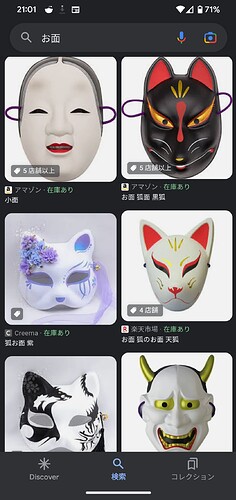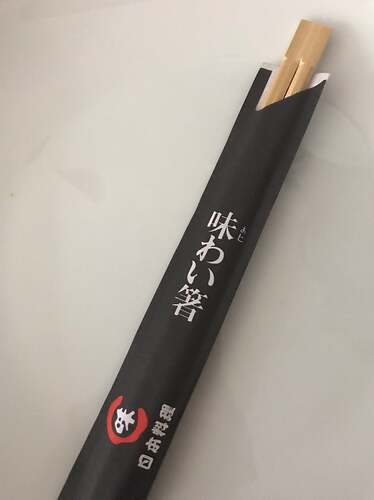Does it mention which book it was published in? If you know that, you can check the author’s Wikipedia page: 筒井康隆 - Wikipedia as it lists the publication dates of all books, it seems.
Title is 地球はおおさわぎ . I found it (an illustrated book from 1969):
『創作SFえほん 地球はおおさわぎ』(1969年、盛光社)イラスト:横山隆一
Edit: The Siliconii says in his planet minerals can talk, and he will prove it, by giving life to the nearby statue (of a Meiji era celebrity called さいごう)
Then the narrator put
どうやらシリコニイはさいごうさんのどうぞうのことをいっているようなのです。
It has been the most difficult one for me so far … why 銅像のこと instead of just 銅像 ?
What verb is that いっている, and why a ような after it? (I feel I completely miss the meaning)
The ようなのです is “seems like よう” + “explanatory の”.
いっている is 言う “to say, talk”.
The こと I find harder to explain but the version without it seems a bit weird to me. The tofugu koto article has a section on talking about someone/something as a whole entity, which might be relevant here.
So, “somehow the siliconii seems to be talking about
something as the Saigô statue”?
Also, a bit further, there is the expression 腰を抜かす the dictionary gives the meaning, but I don’t visualize the image… the waist pulled out?
I was thinking about this in the shower, and ~(こと)を言う more specifically means to refer to something
So it’s “It seems like the Siliconii is talking about the statue of Saigo.” Presumably in the preceding context it used some odd expression or otherwise didn’t just say “statue”.
For 腰を抜かす you’re going to have to give some context if you want anything other than the dictionary definition you already have. Generally speaking questions are ten times easier to answer with wider context than just a phrase or sentence, especially since the people answering here also are just learners of the language…
Indeed, he said 人間の形をした鉱物 .
For the 腰を抜かす, the context is indeed the statue (and even all statues on Earth) started to be alive. And MIcchan is completely puzzled
みっちゃんへたへた、こしをぬかしてしまいました。
I think I understand the meaning, but not what the image comes from.
(but now that I’m writing it, I realize maybe it is similar to French “avoir les jambes coupées” (to have one’s legs cut off);
(Funny actually how much questions come clear when I write the question… - most of them never got published.)
I think this is just one of those things you need to get a feel for the nuance by reading more tbh. If you’ve understood the overall sentence you’re not going to get a lot more out of spending too much time on it.
to me, it makes the statement a bit more vague and indirect while drawing attention to the statue, which fits better given the overall sentence
for what it’s worth, the jdict definitions for 抜かす are kinda deficient.
for instance, weblio says (emphasis mine):
You might like this page that talks about the idiom. In particular it says that the underlying idea is that the 腰 is what supports the whole lower half of the body, and that there’s a 力が抜ける idea in there too.
もう質問が一問
So, the statues are getting alive everywhere. Child animal toys, altar Buddhas, May dolls… And people rush out, screeming.
One of them says this
はしらにかけてあった、ひょっとこのおめんが、わたしにあいさつしました。
I understand he says he has been saluted by the “omen” that was hang on the house’s pillar.
But what is a “omen” ?
Grammatically speaking it’s just 面 (mask) with an お for politeness.
Its one of those words where the お adding got standardized with time, like お酒, お弁当 or お箸, so it doesn’t really imply politeness.
Considering how めん can have a dozen meanings, I find it understandable that at least some of them got differentiated over time through grammatical hints like that. From my understanding, お面 can only mean the object mask, excluding any interpretation such as face, side or surface.
It should be the first result in Jisho as well.
I had searched in takoboto (asit has a phone app), which doesn’t show it. I will look further next time.
I was supposing it was お面indeed, but the meaning of “mask” didn’t struk me (probably I was expecting a full membered figure, as per the other cases in the story).
Nice thing is probably that meaning of お面 will remain with me now.
Did you get/do you know that ひょっとこ is this?
This makes it easy in context to figure out what おめん is.
I just saw a pack of noodles or something saying 「味わい箸」 on it. Is this some kind of expression I don’t get or does it literally just say “Tasty chopsticks”? ![]()
Well it definitely doesn’t mean “tasty chopsticks” because 味わい is either a noun or a verb conjugation, not an adjective ![]()
In this case it uses the masu stem of 味わう to modify/qualify 箸, I think - similarly to something like 使い方 being the masu stem of 使う modifying 方 or 飲み物 being the masu stem of 飲む to qualify 物. So it’s something like “chopsticks for savouring/enjoying [your food]”.
At least, that’s how I interpret it, I may be wrong.
Now that I think of it, if it’s modifying a noun, that may actually make it an adjective…
味わい is still a noun. It’s similar to 飲み物 as you explained before.
Since 味わい means “flavor” or “taste”, 味わい箸 is kind of like “sampling chopsticks” I think. There is also けずり箸.
That’s not mutually exclusive with it being an adjective - look at な-adjectives for instance ![]()
I’m just not sure if this is an adjectival use of a noun or more of a “compound noun” of sorts. Or whether that even matters in the first place.
That makes me think 試し箸 ![]() I don’t think 味わい is “taste” in the sense of “to try a food and see what it tastes like” but more so in the sense of “what a food tastes like”.
I don’t think 味わい is “taste” in the sense of “to try a food and see what it tastes like” but more so in the sense of “what a food tastes like”.
I really do think it’s the 連用形 of 味わう and not 味わい as a standalone noun though, that’s the only way it really makes sense to me, meaning-wise - “flavour chopsticks” isn’t really a logical concept. I guess the 連用形 can be a noun of sorts too but that’s sort of besides the point here - the key thing is I think it’s analogous to 味わうこと, essentially
there’s a chopstick brand
味わい can also mean something like charm/appeal and seems to be a bit of a marketing buzzword now
味わい
マーケティング・コンセプトのなかに、時として日常的な言葉がキーワードとして登場することがある。「味わい」もその一つであり、量的充足を求めた昭和40年代、機能中心の「質的充実」の昭和50年代を受けて、その先を展望する市場の切り口として考えられている。味わい市場では、従来の「もっている/もっていない」「よい商品/悪い商品」といった評価ではなく、「好き/嫌い」といった、感覚的なものが商品選択の要因になってきている。
The good old おヒわい箸.
Oh that’s hilarious ![]() Gotta wonder if some designer did that on purpose for a laugh
Gotta wonder if some designer did that on purpose for a laugh

